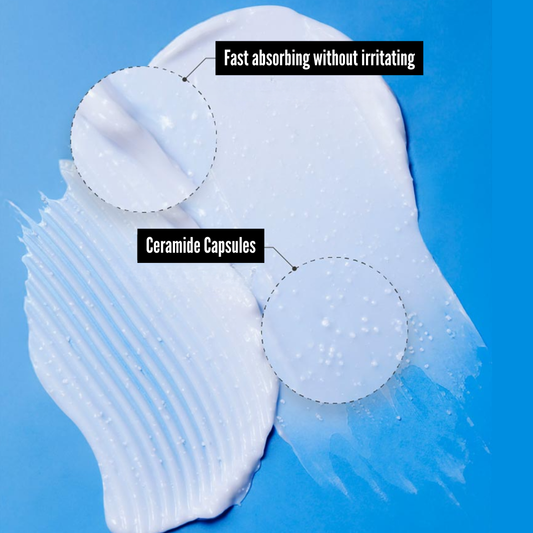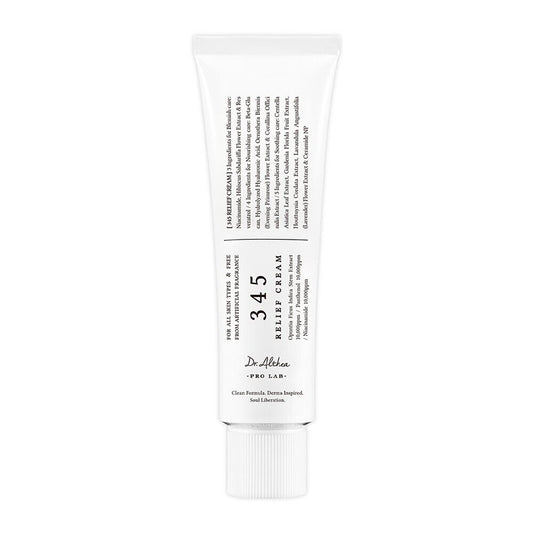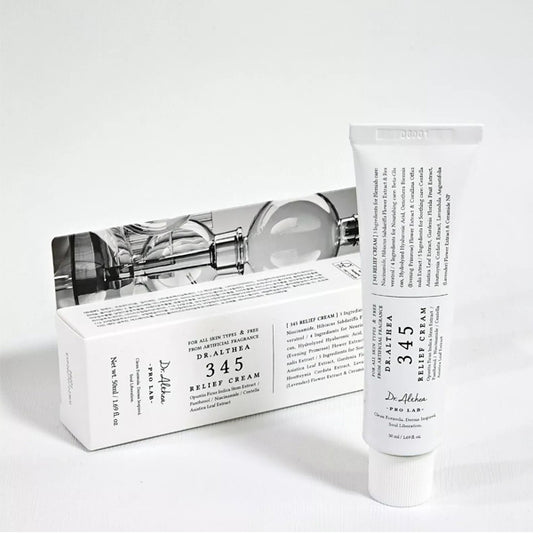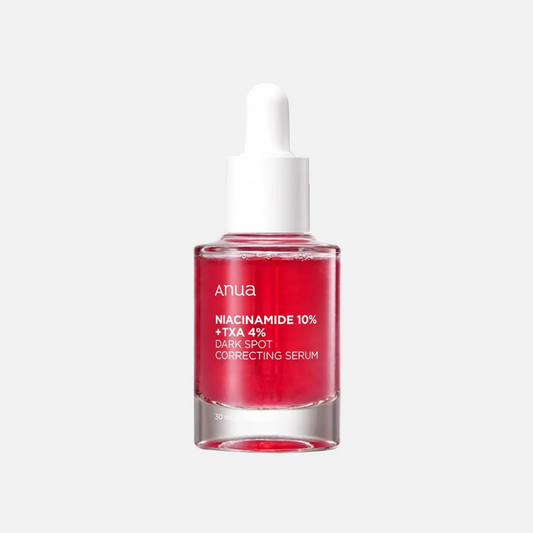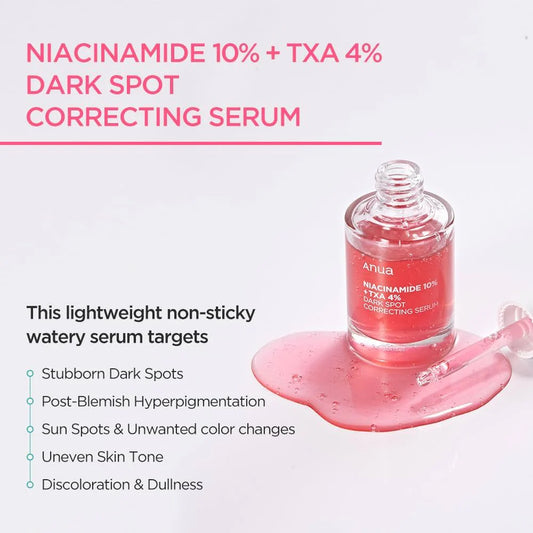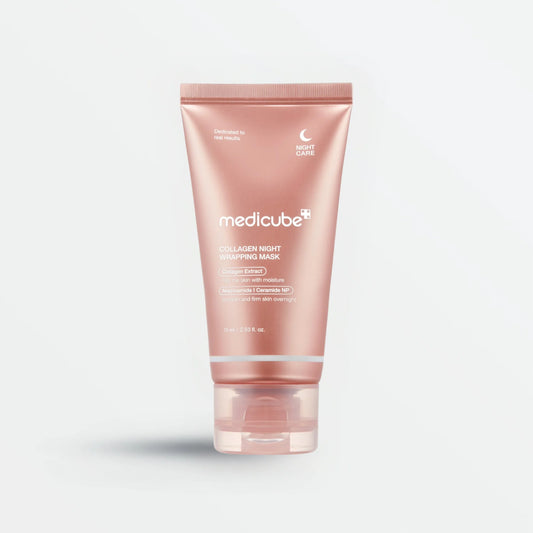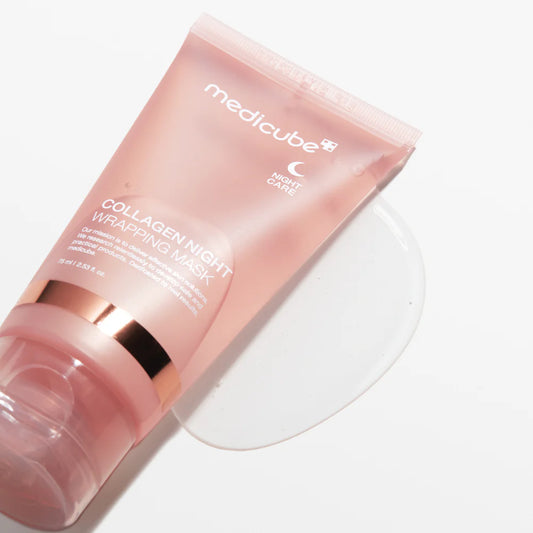
What is Cica? What’s it good for?
Share
With so many trendy skincare ingredients and products, it’s hard to keep track of which ones work best. Cica, an ingredient that’s been popularized by K-beauty, is now making appearances in beauty products across North America, and it boasts a number of benefits. Those living in Korea in particular find cica useful due to its ability to aid with sensitive skin, which is something that some Koreans struggle with.
From hydration to repair, cica seems to be able to do it all. But is it right for you, and should you start incorporating it into your beauty routine?
Here’s what we know about cica.
So, what is Cica?
Cica (Centella asiatica) is a plant that goes by many names: guta kola, Indian Pennywort, and tiger grass. Despite the fact that it’s new to the West, this ingredient has been used in Asia for centuries, regularly used in traditional Chinese medicine.
It’s referred to “tiger grass” in many regions in Asia because tigers are known to use cica to rub on their wounds, helping their skin regenerate. In addition to helping skin repair, cica is also believed to help relieve minor burns, heal scars, and even soothe those who suffer from psoriasis.
What’s it good for?
Cica, also known as Centella Asiatica, is more than just a trendy ingredient – it's a powerhouse of skin-loving nutrients. Packed with amino acids, beta-carotene, fatty acids, and vitamins A, B, and C, cica offers a multitude of benefits:
- Youthful Glow: Cica stimulates collagen production, a key protein that gives skin its plumpness and elasticity. This translates to firmer, younger-looking skin.
- Soothing and Repairing: Cica's anti-inflammatory properties can calm irritation, redness, and even acne breakouts. It also promotes wound healing and helps repair damaged skin cells.
- Antioxidant Powerhouse: Cica fights free radicals, the environmental aggressors that contribute to wrinkles and age spots. This helps protect the skin and maintain a youthful appearance.
- Pollution Defense: For those living in polluted areas, cica provides an extra layer of protection against environmental damage caused by pollutants, stress, and UV rays.
- Hydration Hero: Cica helps improve skin hydration by reducing moisture loss and promoting healthy blood flow. This keeps your skin feeling supple and radiant.
In short, cica isn't just a miracle ingredient – it's a natural solution for a variety of skin concerns. From promoting a youthful glow to soothing irritation, cica offers a multitude of benefits for healthy, balanced skin.
Should I use cica?
Since cica is beneficial to those who have sensitive skin, this means that those who do not suffer from sensitive skin should be able to incorporate cica into their skincare routines without issue.
If you’re unsure, the best rule of thumb is to use the product a few times per week in the evenings, and build up your tolerance by increasing frequency of use.
In terms of which products to look for, we recommend using products you can leave on your skin, as products that contain cica but require you to wash off will not yield the best results. As such, products like sheet masks, moisturizers, and serums are great for experiencing everything cica has to offer.
Nighttime serums, in particular, are very effective as well. Leaving products containing cica on your skin for an extended period of time and throughout the night (which is when your skin naturally repairs) is likely the best way to incorporate cica.
While there are skincare products that boast efficacy but fail to produce positive results, cica is quite the opposite. Since it can be used by all skin types and is also packed with everything you need for healthy, glowing skin, cica is the perfect ingredient to include in your skincare routine.


